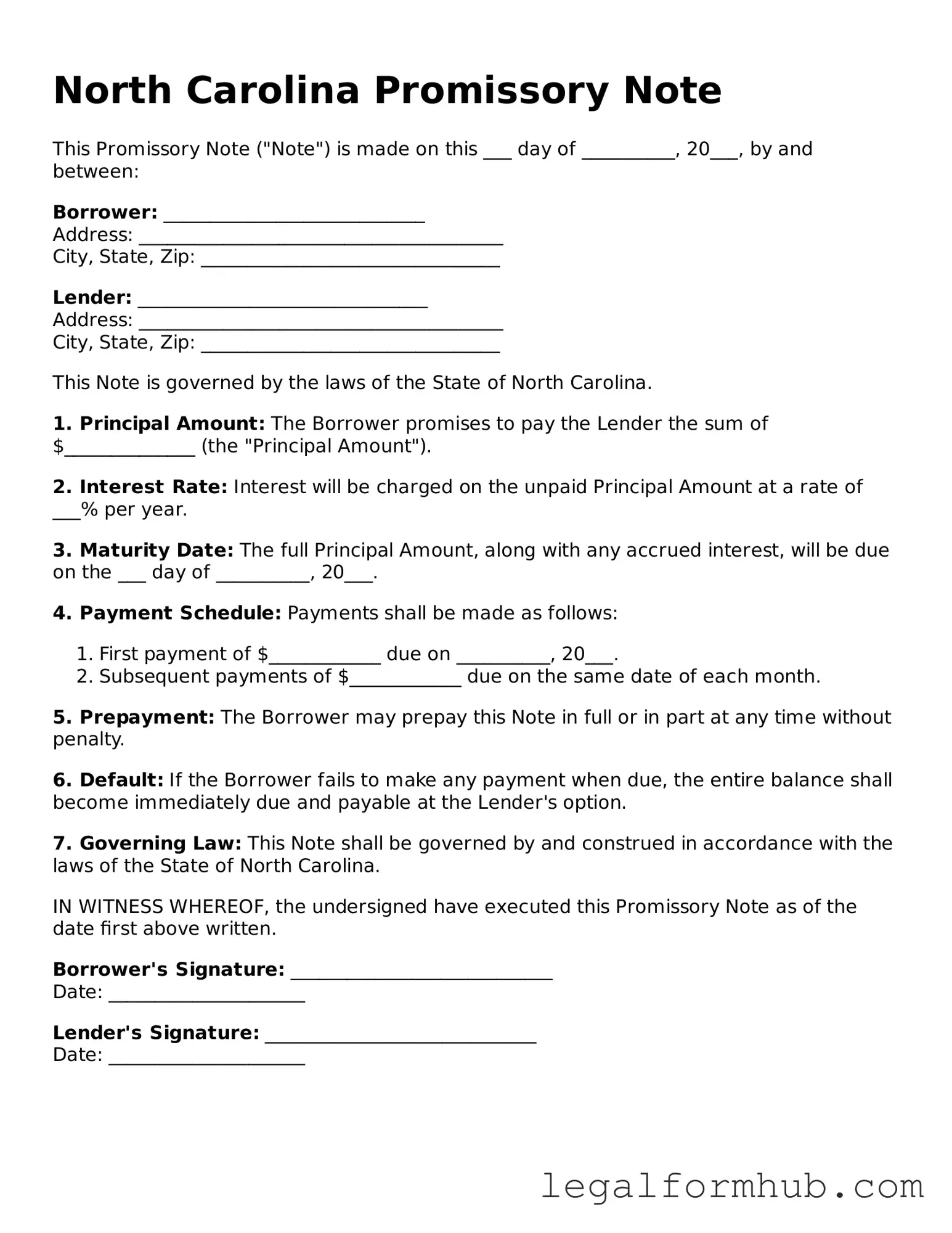A promissory note is a written promise to pay a specified amount of money at a designated time or on demand. It is a common financial instrument used in various transactions. One document similar to a promissory note is a loan agreement. Both documents outline the terms of a loan, including the principal amount, interest rate, and repayment schedule. However, a loan agreement often contains more detailed provisions regarding the obligations of the borrower and lender, including covenants and default clauses, making it more comprehensive than a simple promissory note.
An installment agreement is another document akin to a promissory note. Like a promissory note, it involves a borrower agreeing to repay a loan in a series of scheduled payments. The key difference lies in the structure; an installment agreement typically specifies the number of payments, their frequency, and the exact amounts due. This clarity can help both parties understand their obligations better, whereas a promissory note may simply state the total amount and the due date.
A mortgage is also similar to a promissory note, particularly in its function as a security instrument. When a borrower takes out a mortgage, they sign a promissory note as part of the transaction, which outlines the promise to repay the loan. The mortgage itself serves as collateral, giving the lender the right to take possession of the property if the borrower defaults. Thus, while the promissory note establishes the debt, the mortgage secures it with real property.
A lease agreement shares similarities with a promissory note in that both documents involve a promise to pay. In a lease, a tenant agrees to pay rent to a landlord over a specified term. Like a promissory note, the lease outlines the payment amount and due dates. However, a lease also includes terms regarding the use of the property, maintenance responsibilities, and conditions for termination, providing a broader framework for the relationship between the parties.
When it comes to eviction processes in New York, one important legal document is the Notice to Quit form. This form serves to formally notify tenants of their requirement to vacate the property due to lease violations or non-payment of rent. For those looking to initiate this process, you can find a helpful resource for the form that outlines the necessary steps and legal requirements.
An IOU, or "I owe you," is a more informal document that is similar to a promissory note. An IOU acknowledges a debt and states the amount owed, but it typically lacks the detailed terms found in a promissory note. While an IOU can serve as evidence of a debt, it may not provide the same legal protections or clarity regarding repayment terms, making it less formal and potentially riskier for the lender.
A bond is another document that resembles a promissory note, particularly in its function as a debt instrument. When an entity issues a bond, it promises to pay back the principal amount along with interest to the bondholder at a future date. Both bonds and promissory notes represent a promise to pay, but bonds are often used by governments and corporations to raise large sums of money, whereas promissory notes are typically used in personal or small business transactions.
Finally, a credit agreement is similar to a promissory note in that it outlines the terms under which a borrower can access credit. This document specifies the credit limit, interest rates, and repayment terms. While a promissory note is a promise to pay a specific amount, a credit agreement provides a framework for borrowing up to a certain limit, allowing for more flexibility in how and when the borrower can access funds.
